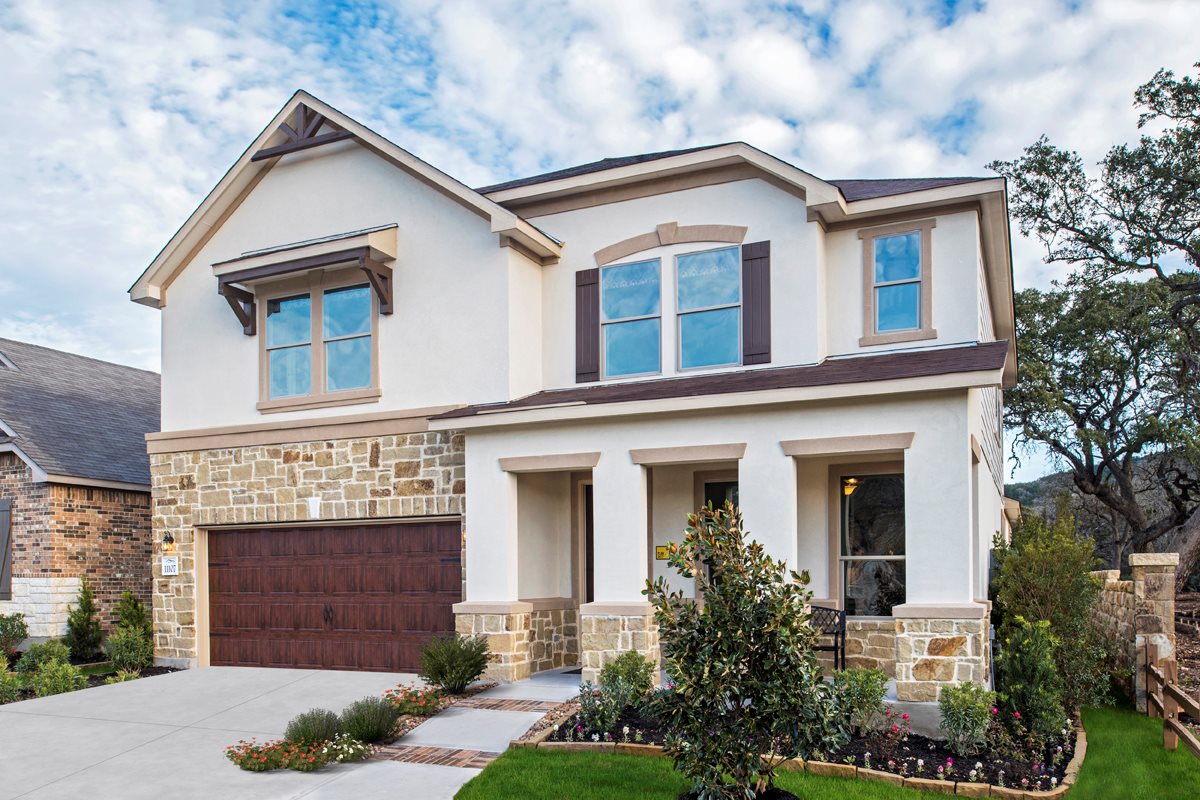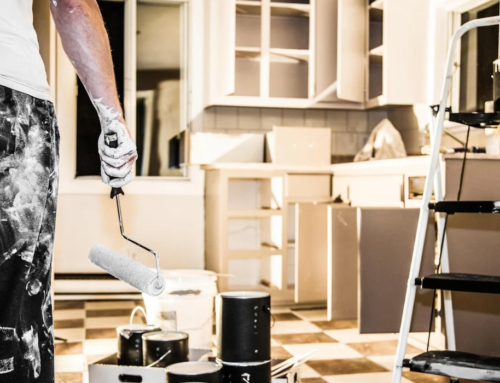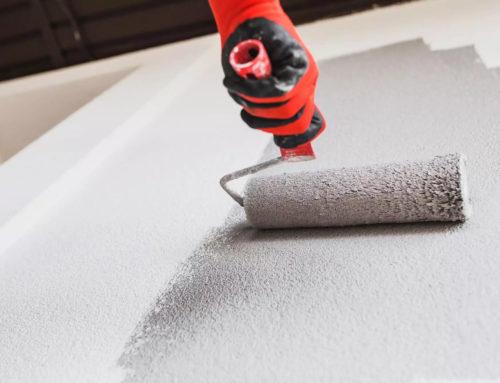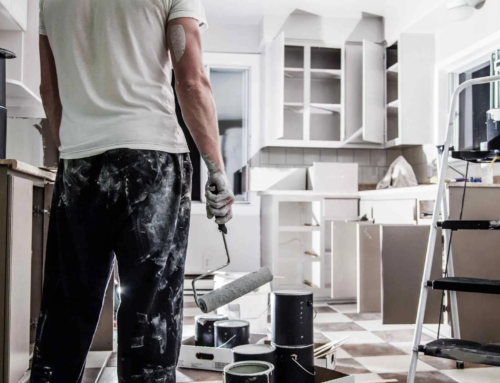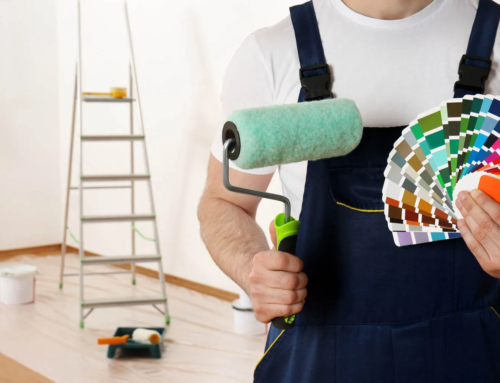Nothing gives the outside of your home a fast and impressive face lift like a fresh coat of paint — although it’s been said many times before, this axiom is worth repeating. Whether you are planning to sell and want to add a touch of quick curb appeal or you just enjoy living in a well-kept home, spring is the ideal time to upgrade by painting your house’s exterior. How often will this task need to be done? It depends on a number of factors, primarily your home’s exterior finish, your location and the quality of your last paint job.
How often?
Wood siding should be repainted every three to seven years, or stained approximately every four years. Aluminum siding can go about five years between paint jobs, and stucco five to six years. Newer types of materials require less frequent touch-ups; for example, cement fiberboard siding should need painting only about once in 10-15 years. The only upkeep for unpainted brick is cleaning, although you will need to paint the trim, of course. If you do choose to paint the brick itself, a good quality job will last 15-20 years.
In addition, your HOA standards and the general look and feel of your neighborhood, particularly if you live in a historic district, will help determine how frequently your home needs to be repainted.
HEADS UP: Don’t try to save money by putting off exterior painting. All you will end up doing is making the prep work harder and the job ultimately more expensive. Damaged paint or exposed patches of bare wall are an urgent signal that you should paint ASAP to protect your home.
What affects exterior paint’s durability?
Previous paint job: A major factor in how long you can go before repainting your house exterior is the quality and color of the paint you and your contractor (or your home’s previous owner) used last time, as well as the number of coats that were applied … and even whether your house was painted on a sunny or overcast day. High quality, lighter shades of paint tend to last longer. Ditto for two or three coats as opposed to a single one and paint that was applied when the house was in shade. One hundred percent acrylic paint is the most durable and resistant to fading.
Climate: If you live in an area with hot, sunny summers or your home is unsheltered by trees, the strong sunshine will cause paint to bubble and fade more quickly (especially for darker hues, synthetic pigments, and oil-based paint). Other climate conditions that age paint are harsh winters, frequent storms, extreme humidity, blowing sand, or salty ocean breezes.
Maintenance: Take good care of your home. Inspect its exterior regularly for danger signs. These include dampness, rot, chalkiness, termite or other infestation, and mold. Have these treated promptly and keep out moisture by sealing and caulking as necessary.
How to prep for a paint job that will last
Before beginning to paint, get your home exterior into top shape. Treat mold or insect pests. Replace any rotten wood, and repair cracks and holes in stucco or similar finishes. Caulk seams and putty any holes and pits in the surface. Sandblast if you need to remove loose, bubbling, peeling, or cracking paint. Follow up with a power wash, being careful to follow the manufacturer’s recommended range and amount of pressure.
After cleaning, your house should be allowed to dry completely, to avoid trapping moisture under the paint. For the same reason, wait a few days after a heavy rain prior to painting the exterior of your home.
Check the weather forecast. Painting goes best in dry, mild weather, which is not overly windy. Outdoor temperatures between 50-90 degrees are advised to ensure optimal drying of the paint.
Call the Professionals
When it’s time to get your home’s exterior painted, call the professional San Antonio house painters at Superior Painting and Remodeling. We’ll give you a great quote for your home’s exterior paint job and help give your home a bright new look. Contact our team today and let us help with your house painting needs!


